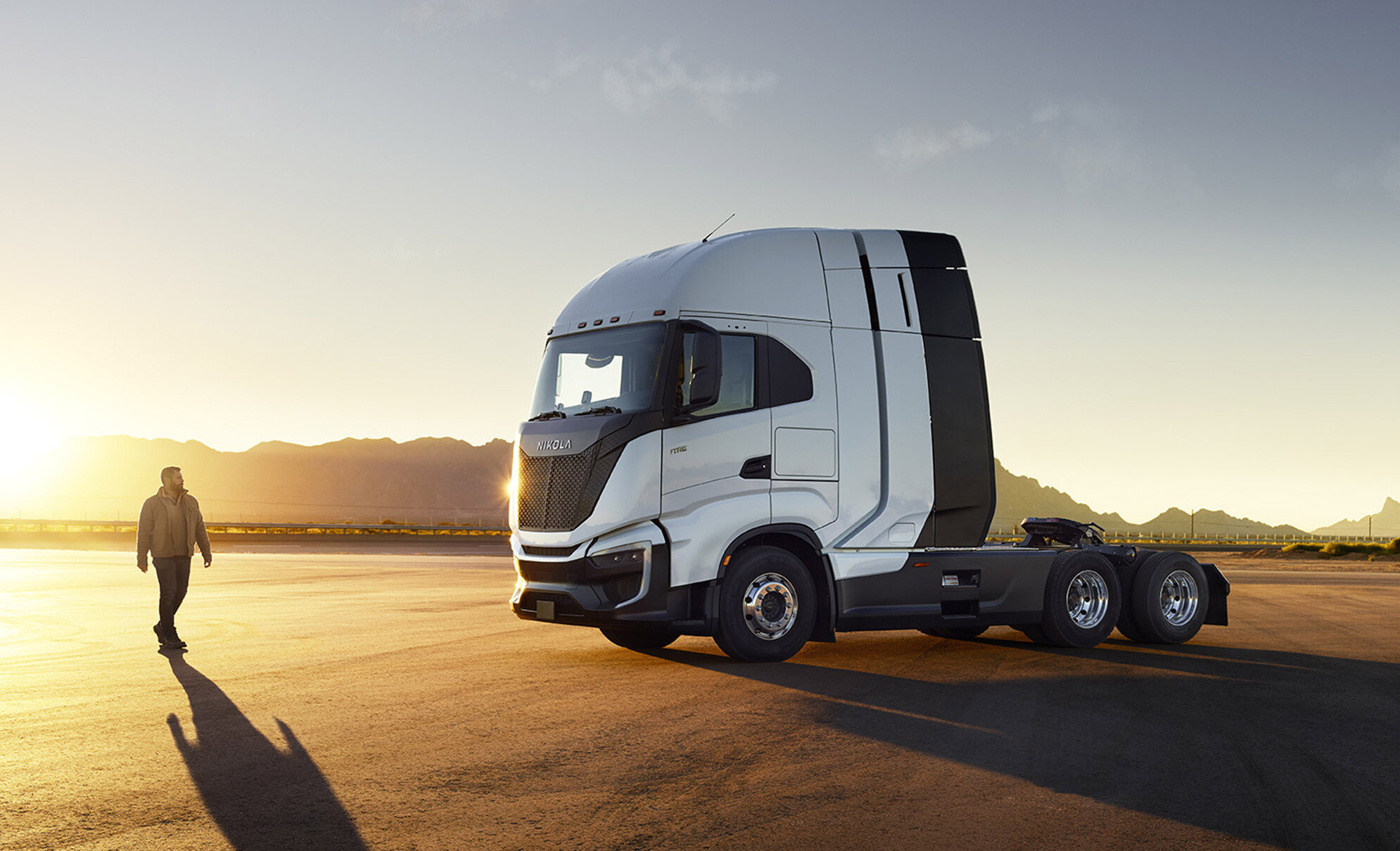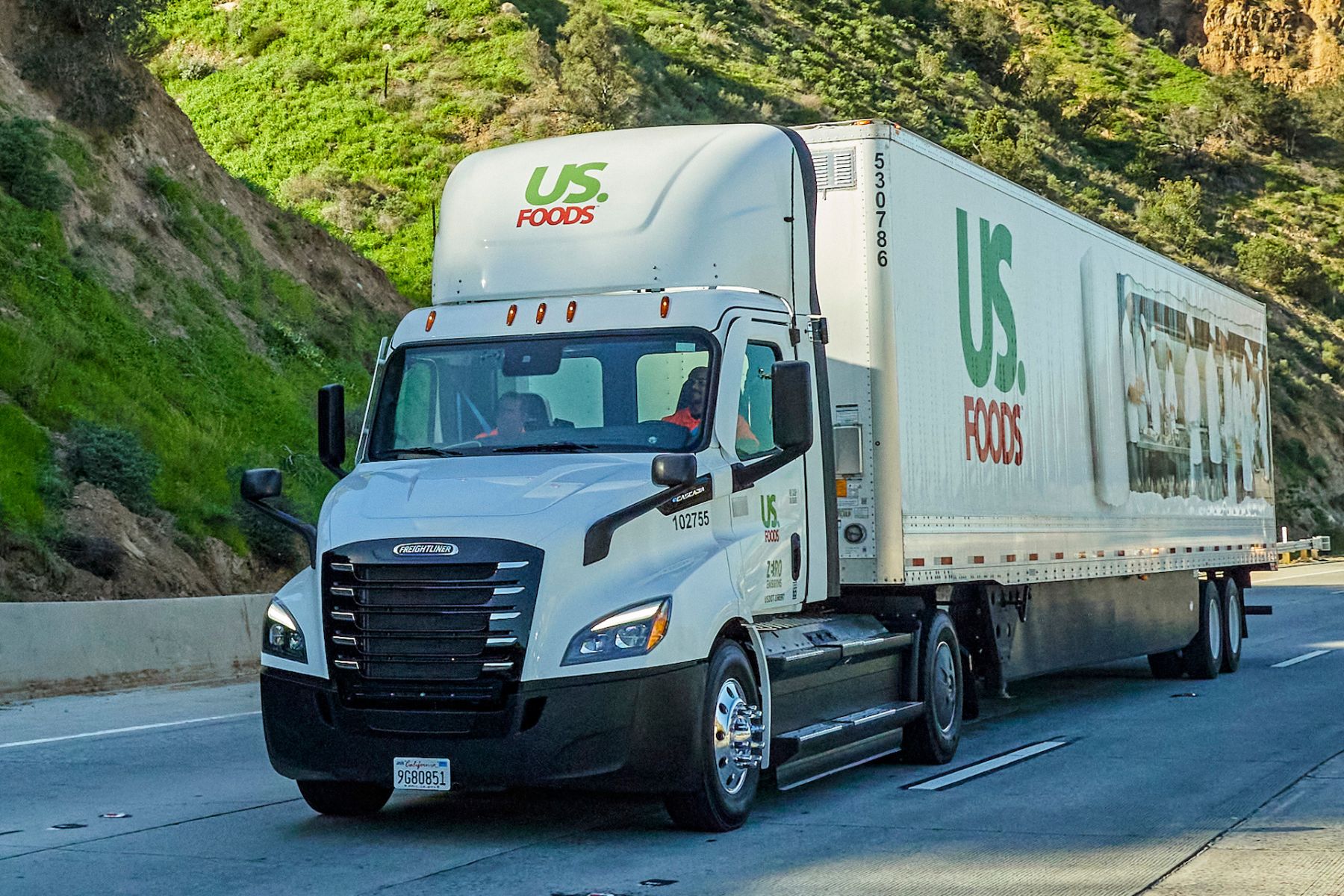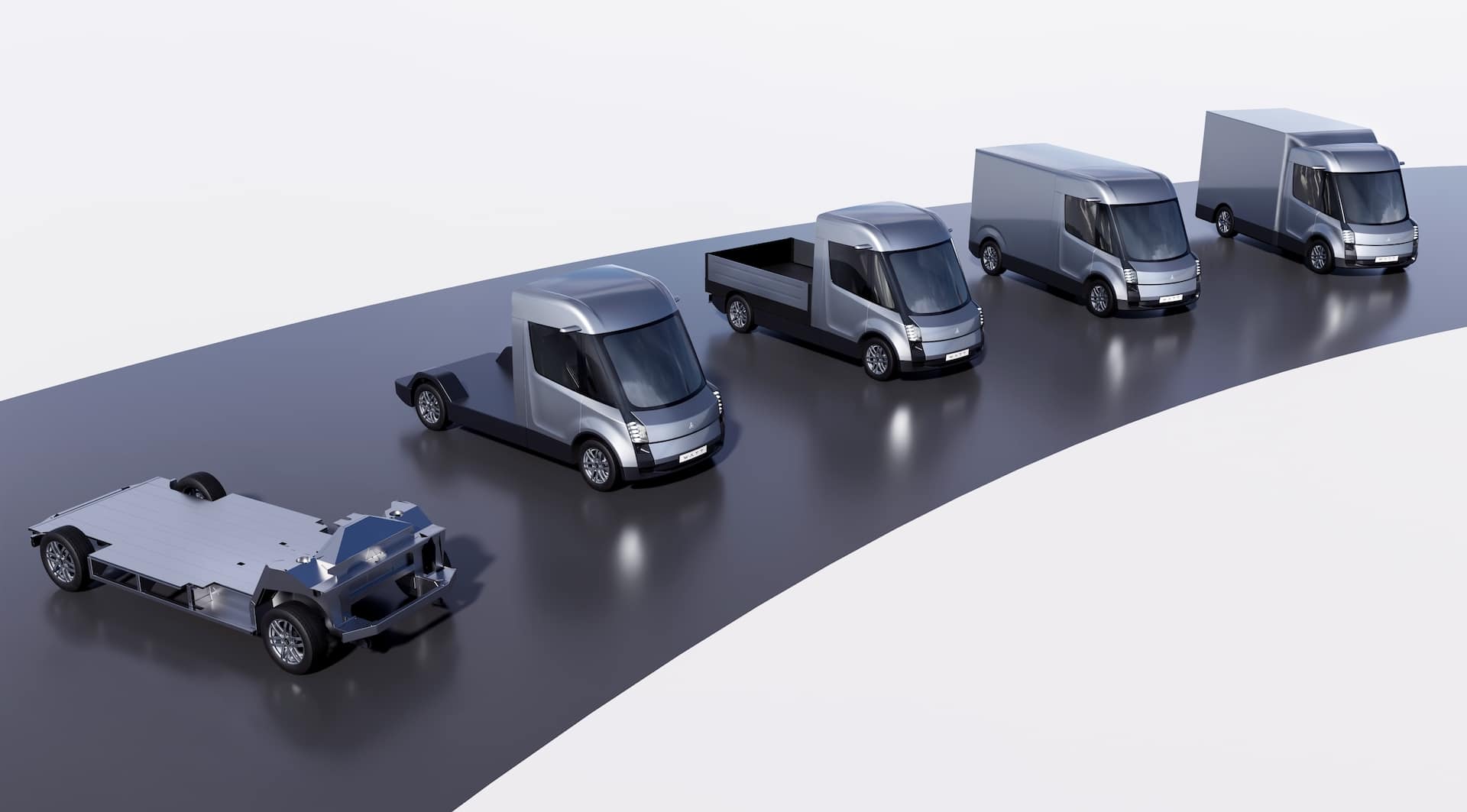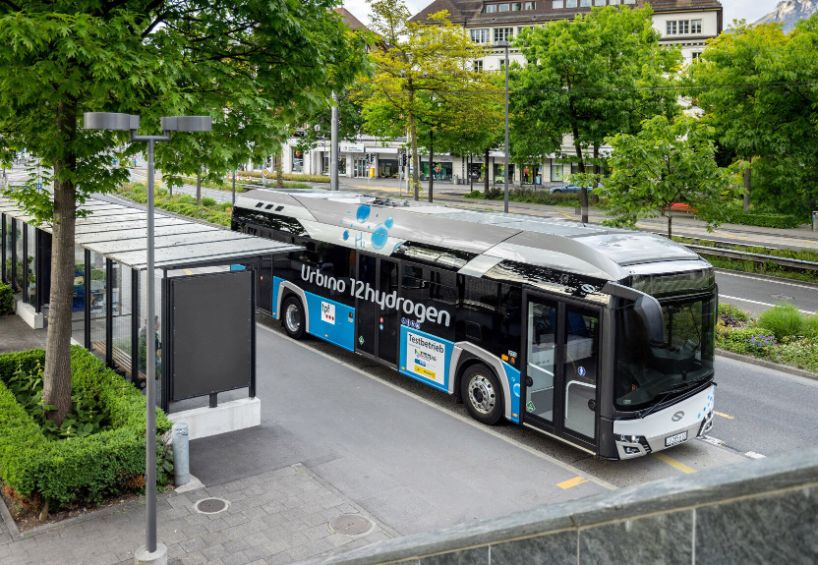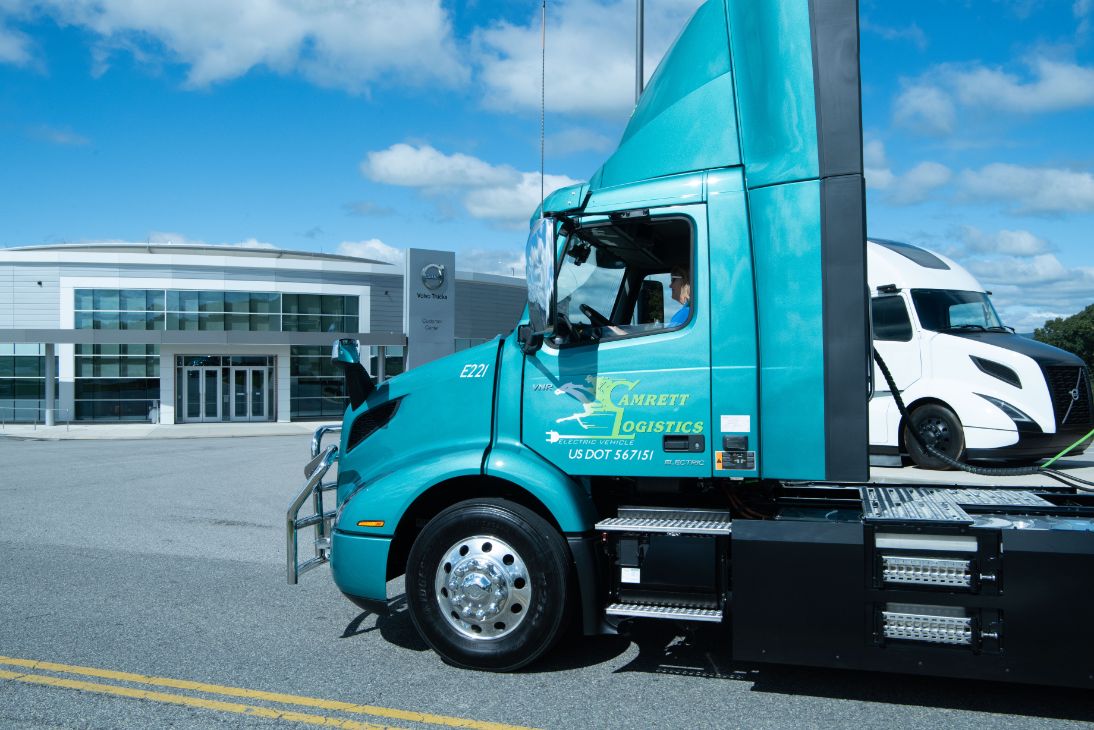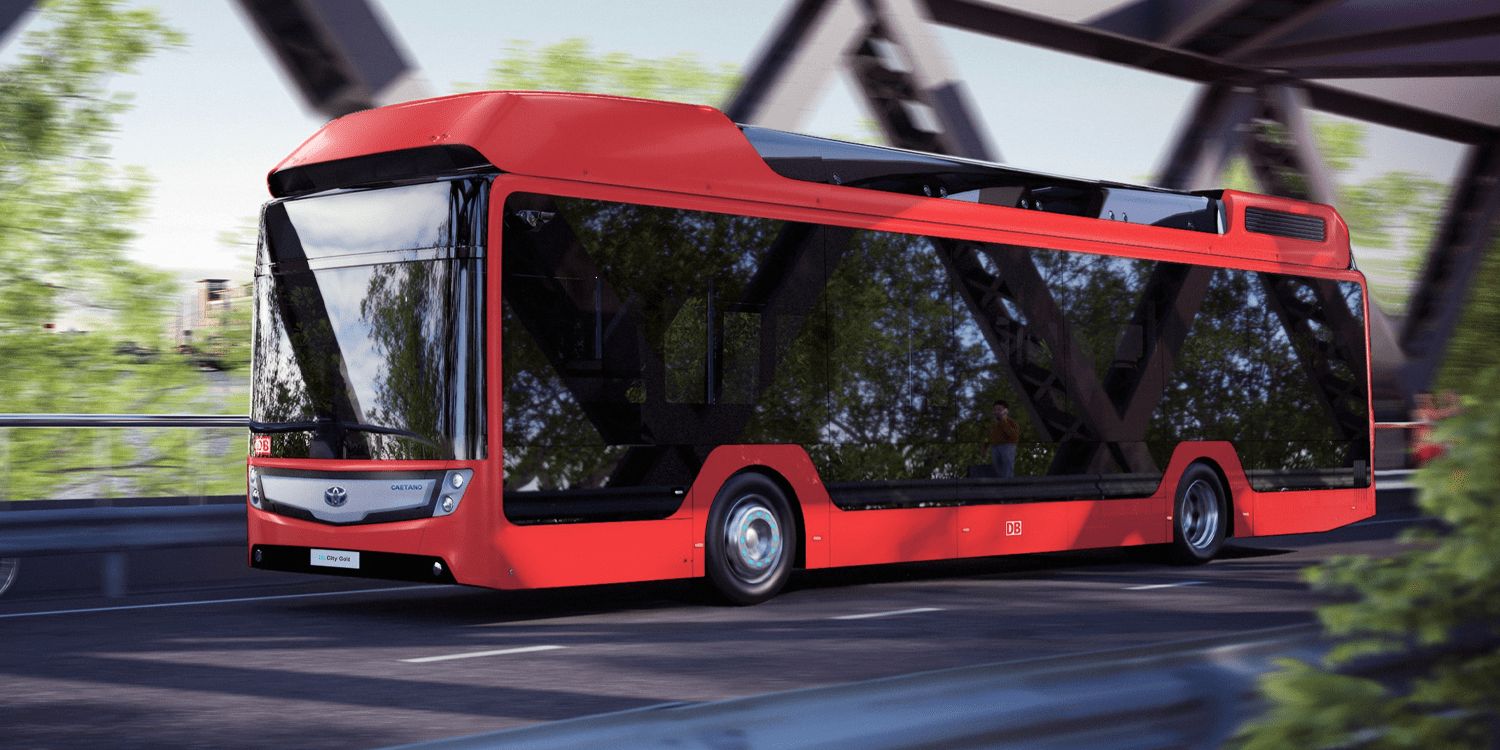Hydrogen fuel cells are gaining popularity among fleet operators as a practical alternative to battery electric vehicles (BEVs) for long-haul trucks and vans. While BEVs are suitable for short distances, proponents of hydrogen fuel cells argue that batteries are too heavy, take too long to charge, and could overload power grids. Hydrogen fuel cell vehicles can refuel in minutes and have a much longer range than BEVs.
According to Daimler Truck CEO Martin Daum, “the fact is we need both BEVs and hydrogen.” Daimler Truck plans to invest up to 15 billion euros on fuel cells over the next decade.
Infrastructure remains a challenge for hydrogen fuel cells, but more governments are offering subsidies for producing hydrogen from renewable power or rolling out fueling stations. The U.S. Inflation Reduction Act (IRA) provides subsidies for cheap hydrogen and fueling infrastructure that industry executives say will speed up the development of hydrogen semi-trucks and heavy-duty pickup trucks.
See also: EU’s New Legislation Offers Promising Opportunities for Hydrogen Combustion and Synthetic eFuels
Ford’s UK head, Tim Slatter, said that fleet customers run large diesel vans up to 600 miles daily, often carrying refrigerated goods requiring extra energy that would overwhelm a BEV. Heavy-duty pickup trucks used for delivery and ambulance services in the United States could also switch to hydrogen.
Almost all automakers have invested in hydrogen technology, except for Tesla CEO Elon Musk, who derides fuel cells as “fool cells.” Both General Motors and Toyota are testing fuel cells for larger vehicles, including semi-trucks and trains, to build scale and lower costs.
Hydrogen fuel cells are not without their challenges, but as governments offer more subsidies and infrastructure continues to develop, they are becoming a practical alternative for long-haul trucks and vans.

